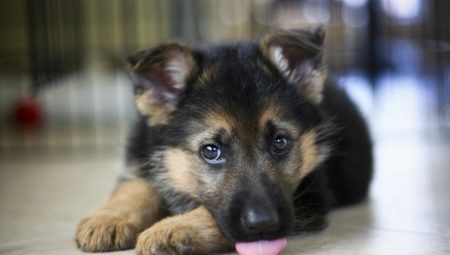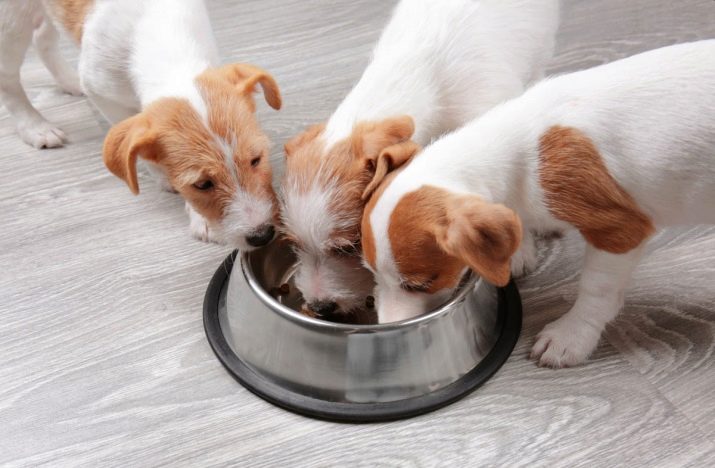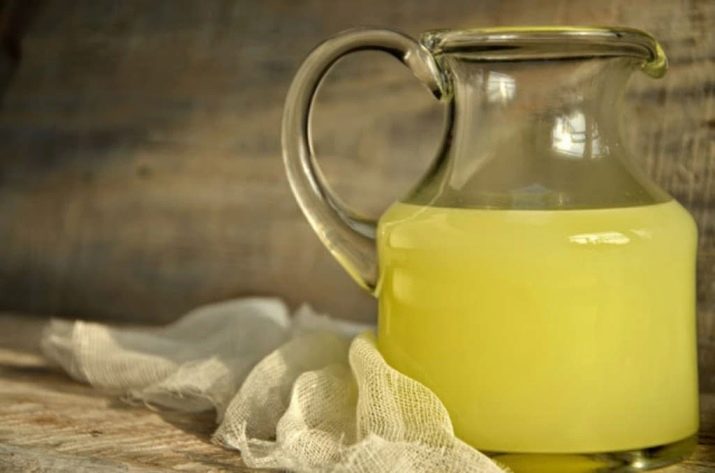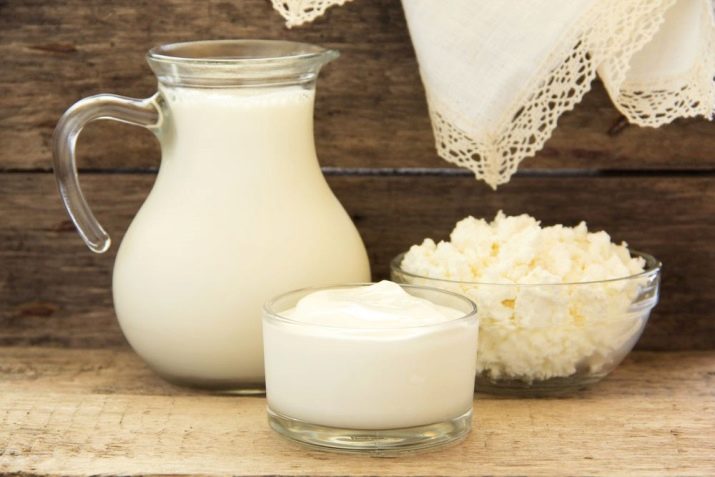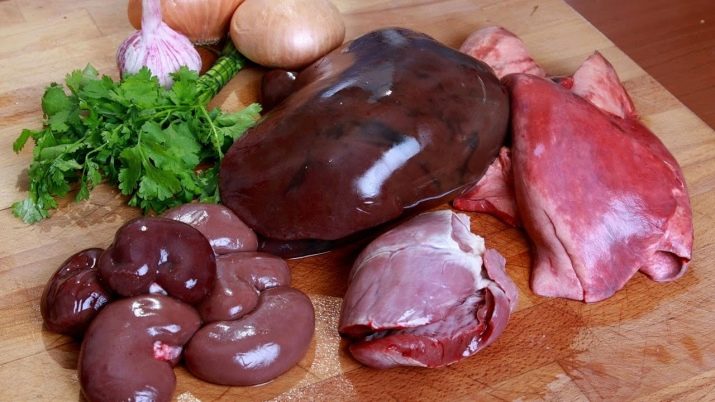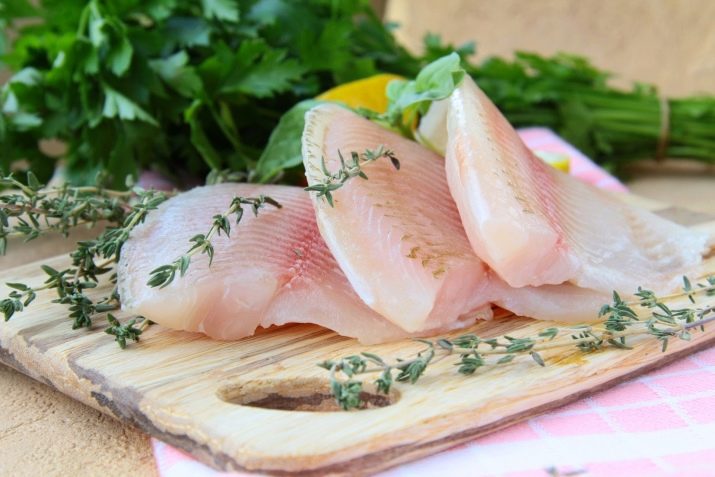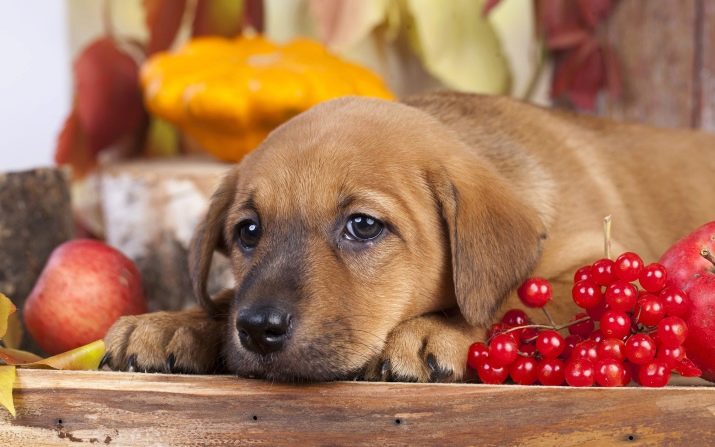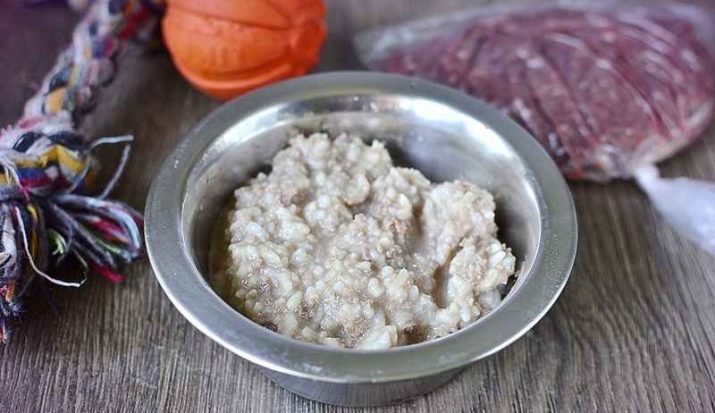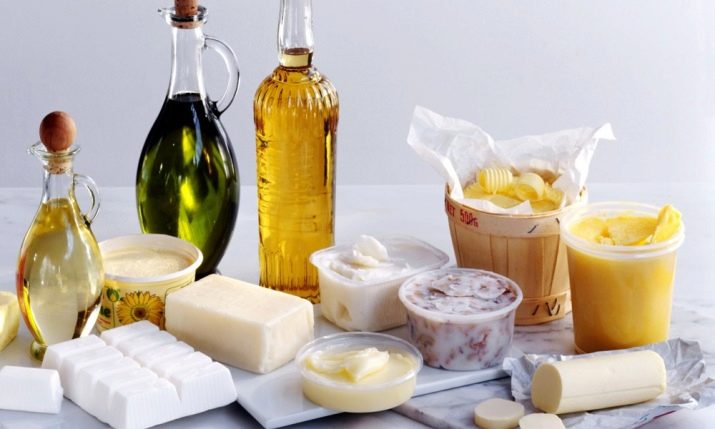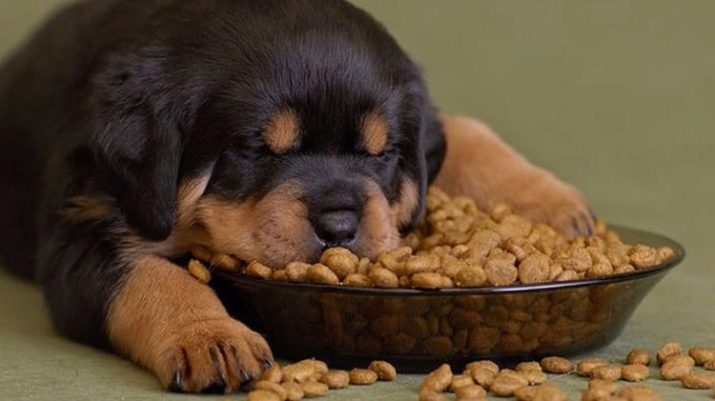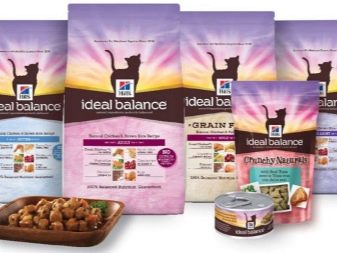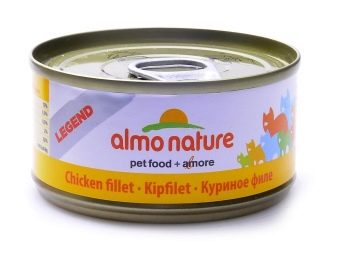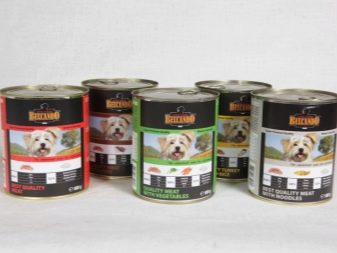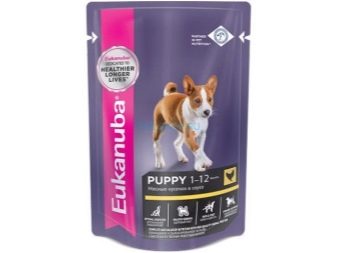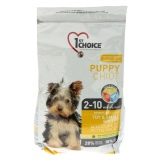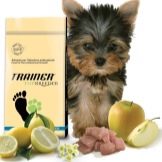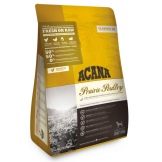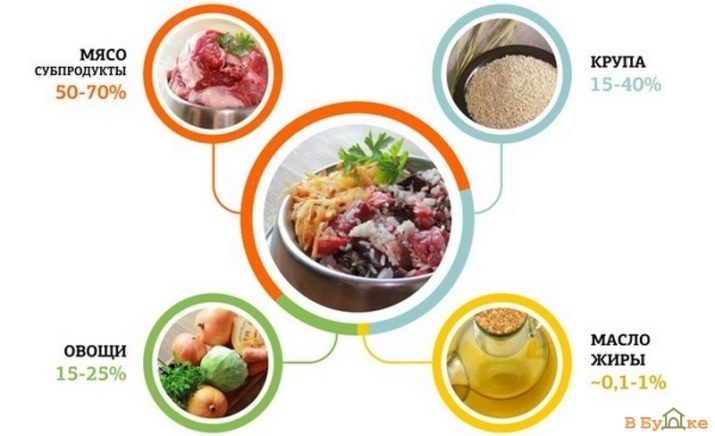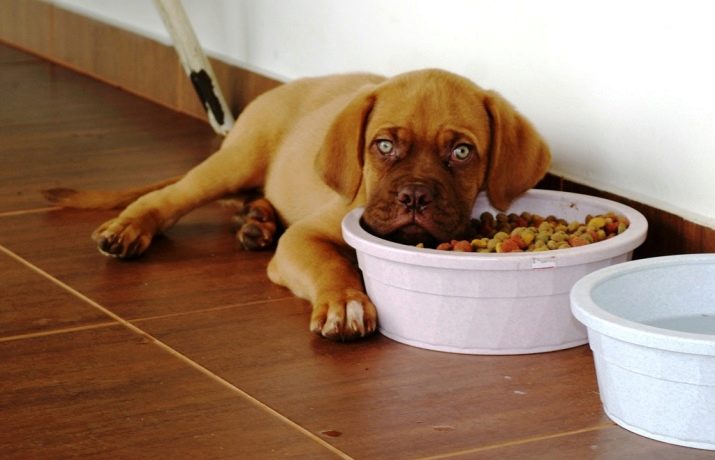The first 30 days after birth, puppies feed exclusively on mother's milk, but already for the second month the milk diet of babies is supplemented with the first lures. Proper preparation of the diet at such an early age is the key to the health of an adult dog, since it is at two months of age that the animal develops the correct eating habits. Because what breed a pet belongs to, how its metabolism occurs, and also how genetically predisposed it is to a particular type of food, the order of drawing up a daily nutritional program for it depends on it.
A puppy can be fed either with natural food, or you can use special and balanced ready-made feed of industrial production. Feeding the dog with natural food is considered the most difficult task, since in this case the responsibility for properly preparing the menu for the baby lies with the owner.
In order to avoid mistakes, the owner must not only study the physiology of the pet's digestion as thoroughly as possible, but also know the characteristics of the products with which he will feed the dog.
What can be given from natural products?
For a puppy of 2-3 months of age, the most important thing is to get enough energy from food that the dog needs for active movement and development. In addition, a complete meal is the so-called building material for a young dog, and because of this, bones, muscles, and internal organs grow and develop in an animal.
Closer to three months the natural diet of the dog 70-75% should consist of foods that contain a lot of protein: lean meats and ocean fish, dairy products, eggs. To improve the performance of the digestive tract, the puppy needs to add cereals and boiled vegetables, and their volume in daily nutrition should take up to 10%.
The following are natural products that are suitable for feeding a puppy at 2 and 3 months.
- Milk and whey. Milk is used both as a separate food and for the preparation of complementary food porridge. Best in the body of a puppy is absorbed whole goat milk. But if you can not buy it, you can replace the cow analogue, but only in diluted form. Whey puppies can be added to food in small quantities - it is a source of lactic acid bacteria and trace elements.
- Cottage cheese, sour cream, kefir. Fermented milk products with low fat content of puppies are fed 2-3 times a day to introduce calcium into the body and enrich the intestinal microflora. You can use cottage cheese, kefir, sour cream and even small pieces of semi-hard cheese.
- Meat and offal - It is the main source of energy and protein for the dog. Baby can be fed beef, rabbit, chicken or turkey, horse meat and veal. Chicken and turkey should be boiled, and skin should be removed. Other types of meat can be given both raw and boiled. From offal to puppies it is recommended to give beef scar, light, udder, liver, previously cut them into small pieces.
- Sea fish and seafood. Meat twice a week can be replaced with fish - for this, a pollock, mackerel, hake, cod, peeled from skin and bones will be suitable. Puppies can be given chopped squid or shrimp. This food contains the necessary omega-3 fatty acids, which are important for the full development of the growing dog.
- Fresh vegetables - an integral part of the natural nutrition of the dog. Vegetables contain not only minerals and vitamins, but also vegetable fiber, which helps to improve digestive processes and cleanse the intestines. It is best for puppies to add fresh fruit and vegetables to food, rubbed through a large grater. But you can use vegetables and stew to porridge or curd mass.
Growing dogs will benefit from zucchini, as well as pumpkin, carrots, beets, turnips and parsley or spinach leaves.
- Fruits, berries. These ingredients are not only a treat for puppies, but also a vitamin supplement. Fruits are peeled, fruit bones are removed, and then crushed on a coarse grater. Small berries can be given whole, slightly kneading them. Fruits and berries should be given to the dog in its raw form - thus, they retain more nutrients. Kids fit apple, pear, apricot, peach, raspberry.
- Cereals. They are necessary in the diet of the baby in the form of cereals. In 2-3 months, puppies are boiled with cereal using milk, and when they grow up, milk is replaced by water or vegetable broth. Porridges are only a small part of the diet and cannot fully replace the whole amount of the daily food of a puppy. For cooking porridge used buckwheat, rice, semolina or oatmeal. When introducing cereal into the diet, it is necessary to observe the reaction of the dog’s body and to refuse to use it when allergy symptoms appear.
- Egg. It is a very valuable protein product, and you should give it to puppies at least 2 times a week. Puppies should be fed with an omelette or give them chopped boiled egg yolk. The most beneficial to the health of the dog are quail eggs.
- Fat In a small amount of vegetable or butter is added to puppy food. Babies should also be given slave fat. The animal's body needs fats all the time, so the puppy should eat them every day.
When composing a menu for a puppy, it is necessary to remember that its food is different from the one that a person is used to, so you do not need to add salt, spices, smoked meats and canned food to the diet. Exotic foods, canned foods and sausages should be avoided.
Types and choice of finished feed
You can also use for feeding puppies. dry, ready-to-eat, industrial feed that fully meets the needs of the growing body.
Foods with optimal protein and vitamin content are class products. super premium and holistic. These types of feed are made from high-quality natural meat raw materials, they lack genetically modified products, preservatives, chemical dyes and flavors. In addition, cereal crops that make up such feeds do not contain gluten, which is a strong allergen.
From the age of two months, the dog should be fed as industrial foods in the form of canned food, pastes, as well as meat pieces with jelly or gravy. Before giving the baby dry food, the granules are pre-soaked in water or broth.
The best wet foods for growing dogs are presented below.
- Super Canned Hills Ideal Balance. Produced from chicken and turkey with the addition of vegetable ingredients, bran, flaxseed and rice starch. The product is enriched with a complex of minerals and vitamins, and also has a balanced composition of essential fatty acids.
- Canned super-premium Eukanuba. Made from chicken meat and offal with the addition of vegetables. The product is fortified, enriched with plant and animal fats, minerals, fully balanced for puppies feeding.
- Products brand Almo Nature super premium. The composition includes 50% of natural meat and vegetable components. There are several options that are available as pastes or canned foods with chopped pieces of fish, meat, cooked in their own juice, in broth or jelly.All ingredients are natural, have a balanced composition for puppies.
- Belcando canned food for puppies. It is a holistic product class, cooked in meat broth and contains pieces of chicken fillet, as well as chicken by-products and whole chicken eggs. The food is intended for puppies and is enriched with vitamins D, E, and also contains thistle oil and chia seeds.
- Puffs for puppies Almo Nature Bio Pate class holistic. Made from natural products: beef, poultry or fish. Pate is packaged in pauchi 100 g or 300 g. Additional ingredients are gluten-free vegetables and cereals. Each type of pate contains its own specific mineral supplements and vitamins.
Below are the best dry puppy food.
- Brand 1st Choice presents dry food for super premium puppies. The composition of the feed contains natural chicken meat, pearl barley or oatmeal, crushed beets and tomatoes. Pellets intended for feeding puppies are small and enriched with a vitamin complex. A negative factor is that there is salt in the product. The food is intended for puppies aged 2 to 12 months.
- Foods super premium brand Eukanuba intended for puppies aged 1 to 12 months. The product includes chicken or turkey, as well as rice, wheat and corn. Food is enriched with calcium and prebiotics. There are no flavors or preservatives in the feed.
- Dry Trainer Feed have a super premium product line designed for puppies from 1 to 10 months of age. The product includes natural turkey or chicken meat, as well as fish, pork, fruits and vegetables. The composition is fully balanced in terms of the ratio of vitamins and trace elements, allowing the puppy to grow and develop quickly.
- Feed class holistic Acana have a line designed for puppies. This food is suitable for the fast-growing organism and is balanced in the amount of proteins and carbohydrates. The share of natural meat in the feed is at least 60-65%. In addition, it includes hypo-allergic oats, as well as fruits and vegetables. Using such food, you can be sure that the puppy will receive a daily dose of vitamins and proteins.
- Grandorf dry class holistic feed it is intended for puppies as it incorporates only high quality ingredients. The food is made from beef, veal, lamb, turkey. In addition, it contains vegetables and fruits. As part of these feeds there are no by-products and cereals, but they are enriched with a balanced complex of vitamins and minerals.
When choosing a puppy food, you need to remember that good quality food will be the key to his health in adulthood. If possible, it is best to use super-premium and holistic food to feed your baby, and the choice of brand should be made based on the needs of the pet.
The more nutritious food, the smaller the amount it will need to saturate the animal.
Water in the diet
For normal digestion and life support of the puppy's body, it requires access to clean water. If the dog is on a natural diet, then its body receives a certain amount of moisture from food. If the puppy is fed dry food, its need for water intake is doubled. If the animal does not have enough water, its digestion will be disturbed. - food will not be able to be digested and absorbed by the body, and its excretion by natural means will also be difficult due to the development of constipation.
In order for the puppy to drink fresh water, it must be periodically changed, since, mixing with the animal's saliva, such water can become a source of bacterial infection.
Before you give the dog tap water, boil it is not necessary, because it will lose all the trace elements necessary for the animal. But if the water in the tap does not meet sanitary standards, then the pet cannot be given it and it is better to replace the water with a bottled analogue.
Feeding features
Food for a growing puppy should be nutritious and high in calories. In order to properly organize a puppy's healthy food, you need to consider that it must be carried out strictly at certain hours. This mode allows the dog to develop a conditioned reflex, and when the time is right for feeding, it will have a sufficient amount of digestive enzymes necessary for digestion and assimilation of food eaten.
To feed a puppy at 2 months is required at least 5 times a day, and sometimes food is required to be given to a dog and 6 times a day. The distribution of food intake periods depends on the capabilities of the owner and the dog, but it is best if food is given at regular intervals without long hungry breaks. The nutritional rate of a 3-month-old puppy should also be at least 5 times a day. The most important thing is to abide by the host's mode of eating and not to disturb it, so that the dog can get used to it.
A sample menu of natural food for a two-month puppy will look like this:
- 8.00 - the first morning meal: cottage cheese 1% fat with steamed vegetables;
- 11.00 - buckwheat cereal with pieces of raw meat;
- 14.00 - steamed vegetables with boiled meat;
- 17.00 - kefir and cottage cheese, in a 1: 1 ratio, in addition, half of the egg yolk can be crushed;
- 20.00 - rice porridge on vegetable broth with vegetables and raw meat;
- 22.00 - boiled meat.
Menu for a three-month puppy, who is feeding ready-made foods:
- 7.30 - dry food pellets need to be poured over with warm vegetable broth, after their swelling, mixed with meat pate;
- 10.30 - canned food in lamb sauce;
- 13.30 - pour dry food pellets with warm diluted meat broth and add steamed vegetables;
- 16.30 - meat pate and yolk of one chicken egg;
- 19.30 - dry food pellets need to be poured over with warm vegetable broth and mixed with canned meat.
The daily amount of food depends on the breed to which the pet belongs. For example, miniature dogs will eat less than a mongrel, and large breeds require a large portion of food. Large and active breeds of dogs, which already from puppyhood move a lot and get exercise, often need to be given additional vitamins and minerals. To pick up such a vitamin composition is best with a veterinarian.
To determine the volume of servings for natural feeding should be based on the breed of the dog and its weight. The average daily requirement for a dog aged 2-3 months for a particular product will be as follows:
- meat - 250-300 g;
- croup - 100-150 g;
- vegetables - 170-200 g;
- milk - 400-450 g;
- sea fish - 30-35 g;
- fish oil - 1 tsp.
When composing a diet for a puppy, it is necessary to take into account that dogs of small and medium breeds should daily add in weight of 15-20 g, and large breeds of dogs add 150-170 g of live weight every day.
There are opinions among experienced dog breeders that puppies of three months a day require so much food that its volume is at least 7% of their weight. The need of a growing organism for good nutrition depends on the speed of metabolic processes, the ambient temperature, the presence or absence of stressful situations, physical activity, wool density and many other factors.
You should watch your pet when he eats:
- if within 10 minutes his bowl is empty, it means that the dog has enough food;
- if the food ends earlier than 10 minutes, then there is little food for the animal;
- if after this time the bowl contains leftover food, it means that the owner is overfeeding the dog.
However, this principle of estimating the optimal amount of food is very conditional, and it is not worth taking it as a basic guide to action.
How to feed a puppy, see the next video.
